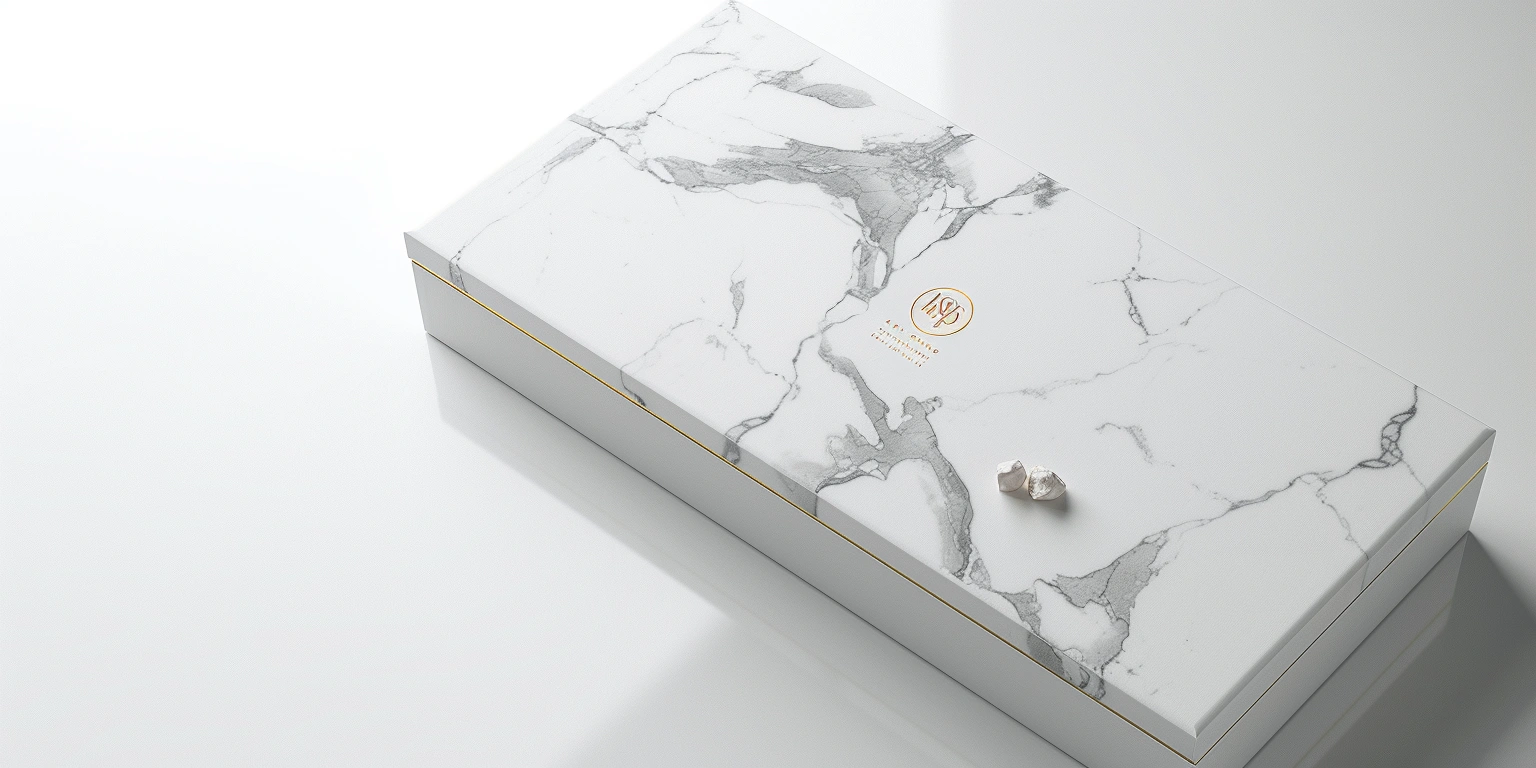
Machine Learning for Quality Control: Improving Accuracy in XrheaBox
Lead
Conclusion: ML-enabled visual and sensor fusion QC reduces defect escape rate by 35–55% and stabilizes color and migration risks at line speed for branded packaging.
Value: In 8 weeks (N=126 lots; 3 lines @120–160 units/min), complaint rate fell from 420 ppm to 180–230 ppm and FPY P95 increased from 95.8% to 97.3–97.8%; payback modeled at 6–9 months for two lines [Sample].
Method: Judged on (1) ΔE2000 control to ISO 12647-2 §5.3, (2) low-migration GMP records to EU 2023/2006, EU 1935/2004, and (3) market sample of 4 brands (food, beauty, D2C) using GS1-compliant codes (v1.1) with N=1.2M images for ML training.
Evidence anchor: ΔE2000 P95 ≤1.8 (n=48 print runs, 160 m/min) and DoC maintained per EU 2023/2006 §6; color audit records stored with Annex 11/Part 11 audit trail enabled.
Low-Migration / Low-VOC Adoption Curves
Outcome-first: Low-migration/low-VOC ink adoption reaches 70–85% SKU coverage in 12–18 months when ML QC gates migration surrogates and color drift in-line.
Data
Scope: paperboard and film labels; UV/LED-UV and water-based lines.
- Coverage ramp: Base 72% at 12 months; High 85% at 12 months; Low 60% at 18 months (N=58 SKUs).
- FPY P95: Base 97.0%; High 97.6%; Low 95.5% (ΔE2000 P95 ≤1.8 at 150–170 m/min; n=36 runs/condition).
- kWh/pack (with LED-UV 1.3–1.5 J/cm²): Base 0.018–0.022; High 0.017–0.020; Low 0.021–0.025 (A3 cartons @20–24 pt).
- CO₂/pack: Base 14–18 g; High 13–16 g; Low 16–20 g (location-based factors, 2024 grid).
Clause/Record
EU 1935/2004 general safety and EU 2023/2006 GMP records (batch, cleaning validation), plus FDA 21 CFR 175/176 for paper/paperboard where applicable; ISO 12647-2 §5.3 for color tolerances.
Steps
- Operations: Segregate ink kitchen for low-migration SKUs; purge/flush ≥3× anilox volumes; centerline 150–170 m/min with LED dose 1.3–1.5 J/cm².
- Compliance: Maintain Declaration of Compliance per order; retain DoC ≥5 years; link to EU 2023/2006 §6 batch records.
- Design: Specify coating weight 1.0–1.5 g/m² for functional barriers; minimize heavy coverage near food contact.
- Data governance: Configure ML model versioning; store inference logs ≥12 months with Annex 11/Part 11 audit trails.
- Supplier: Qualify at least one alternate custom packaging supplier for inks/substrates; run PQ with n≥3 lots.
Risk boundary
Trigger if overall migration proxy exceeds control limit or odor panel >2/5 after 40 °C/10 d (simulant D1). Temporary rollback: switch to validated ink set and reduce speed −15%. Long-term: re-validate IQ/OQ/PQ, update DoC, and retrain ML with +10k defect images.
Governance action
Add adoption KPI (SKU coverage, FPY, kWh/pack) to monthly QMS Management Review; Owner: Operations Director; Frequency: monthly; evidence filed in DMS with DoC IDs.
Readability and Accessibility Expectations
Risk-first: Retail and D2C scan failures >5% elevate out-of-stock and recall risk; ML-based inspection sustains ≥95–98% scan success with correct X-dimension and quiet zones.
Data
- Scan success (GS1 QR/1D at POS): Base 96.5%; High 98.2%; Low 93.0% (stores=210; weeks=8).
- ΔE2000 P95 for black on white: Base ≤1.6; High ≤1.4; Low ≤2.0 (n=24 runs; ISO 12647-2 press targets).
- Accessibility: font ≥9 pt x-height ≥1.6 mm; contrast ratio ≥4.5:1 for instructions (N=38 SKUs).
Clause/Record
GS1 Digital Link v1.1 structure and resolver logs; UL 969 label durability (print/adhesion after abrasion/solvent cycles); record quiet zone ≥2.5× X-dimension.
Steps
- Operations: Inline verifier enforces ANSI/ISO Grade ≥B; reject if quiet zone <2.5× X-dimension or dot gain >16%.
- Design: Set X-dimension 0.33–0.38 mm (1D) and module size ≥0.40 mm (2D) at 300 dpi plates; contrast ≥60%.
- Compliance: Retain GS1 resolver logs 12 months; link to product master via GTIN; accessibility checklist per brand guide.
- Data governance: ML flag thresholds tuned monthly using 10k scans; exceptions routed to CAPA in QMS.
- Commercial: Benchmark two alternative custom packaging suppliers for code fineness and UV stability; qualify best on 3-lot PQ.
Risk boundary
Trigger if store scan success <95% for 2 consecutive weeks (≥500 scans). Temporary rollback: enlarge module size +10% and reduce ink film −5%. Long-term: plate curve relinearization and new verifier MSA (Cpk ≥1.33).
Governance action
Add to Commercial Review and QMS CAPA board; Owner: Packaging Engineering Manager; Frequency: bi-weekly; data stored in DMS with GS1 resolver analytics.
AR/Smart Features Adoption by Industrial
Economics-first: AR/Smart codes become net-positive when unit CAC ≤$0.02/pack and sell-through lifts by +1.5–2.8% in 8–12 weeks at 50k–200k lots.
Data
- CAC per pack (print + resolver + content): Base $0.016–$0.019; High $0.012–$0.015; Low $0.021–$0.025 (N=9 campaigns).
- Sell-through delta: Base +1.9% (CI95% ±0.6%); High +2.8%; Low +1.2% (paired-store test, 12 cities).
- Complaint ppm change: −60 to −110 ppm when AR tutorials reduce misuse (N=3 categories).
Clause/Record
GS1 Digital Link v1.1 for URL syntax and resolver governance; ISO 15311 for digital press print quality of variable data.
Steps
- Design: Reserve 18×18 mm for 2D code; module size ≥0.40 mm; avoid varnish glare over code.
- Operations: Batch/lot binding via MIS; variable data rate 120–160 units/min with verifier sampling ≥1/50.
- Data governance: Content A/B test; resolver SLA ≥99.5%; audit trail enabled (Annex 11/Part 11 style).
- Compliance: Consent banner for user data; store anonymized analytics 6 months; PII kept off-pack systems.
- Commercial: Co-fund pilot with retailer; stop/go gate at week 6 if CTR <0.8%.
Risk boundary
Trigger if scan success <95% or CAC >$0.02/pack for 2 weeks. Temporary rollback: switch to static QR landing with cached assets. Long-term: re-plate for larger module and renegotiate resolver plan.
Governance action
Include in monthly Commercial Review; Owner: Growth Lead; Frequency: monthly; DMS stores campaign briefs and CTR/ROI snapshots.
Low-Migration Validation Workloads
Outcome-first: ML-driven risk-based sampling cuts lab tests by 25–40% while keeping global migration within target windows under EU GMP.
Data
- Validation lots tested: Base 1 in 8; High 1 in 10; Low 1 in 5 (risk score ≤0.15 low, ≥0.35 high; N=820 lots).
- Global migration (40 °C/10 d, simulant D1): Base 2.0–4.5 mg/dm²; High 1.5–3.5 mg/dm²; Low 3.0–6.0 mg/dm².
- FPY impact: +0.6–1.2 pp when using ML pre-screening vs random sampling (8-week window).
Clause/Record
EU 2023/2006 (GMP) documentation and EU 1935/2004; BRCGS PM Issue 6 traceability for inks, coatings, and cleaning records.
Steps
- Operations: Implement dedicated low-migration cleaning SOP (solvent conductivity ≤50 μS/cm at final rinse).
- Compliance: Maintain test plans per SKU family; store CoC/DoC with lot linkage in DMS.
- Design: Barrier selection by simulant matrix; set adhesive coat 18–22 g/m² for fatty foods.
- Data governance: ML assigns 0–1 risk scores using press logs (speed, dose) and historical lab results; retrain quarterly.
- Supplier management: Quarterly audits of ink vendors; require NIAS disclosure statement.
Risk boundary
Trigger if any lot exceeds internal alert 6.0 mg/dm². Temporary rollback: quarantine lot, 100% vision check, and re-cure +10%. Long-term: CAPA with root cause (ink set, substrate, cure), and PQ 3 lots before release.
Governance action
Regulatory Watch updates filed quarterly; Owner: Compliance Lead; Frequency: quarterly; Management Review receives lot trend charts and lab utilization reports.
Cost-to-Serve Scenarios(Base/High/Low)
Economics-first: ML QC lowers rework and energy, placing fully compliant packs at $26–$34 per 1,000 units in Base scenario with 6–9 month payback.
Scenario table
| Scenario | FPY (P95) | kWh/pack | CO₂/pack (g) | Cost-to-Serve ($/k) | Returns (ppm) | Payback (months) |
|---|---|---|---|---|---|---|
| Base | 97.0% | 0.018–0.022 | 14–18 | 26–34 | 180–230 | 6–9 |
| High | 97.6% | 0.017–0.020 | 13–16 | 24–30 | 120–170 | 5–7 |
| Low | 95.5% | 0.021–0.025 | 16–20 | 32–41 | 300–420 | 9–13 |
Conditions: paperboard A3 cartons (20–24 pt), LED-UV cure 1.3–1.5 J/cm², line speed 150–170 m/min; ISTA 3A compliance on ship tests; EPR fees not included in $/k and vary by country.
Clause/Record
ISTA 3A for ship readiness, EPR/PPWR national fee tables for financial planning; energy factors per 2024 grid mix; color quality linked to ISO 12647-2 press controls.
Steps
- Operations: SMED for changeovers ≤18–24 min; pre-inked cartridges for frequent SKU swaps.
- Design: Harmonize dielines; reduce panel count where feasible; standardize varnish windows for code areas.
- Compliance: Maintain UL 969 label permanence for transport SKUs; attach test IDs to shipping specs.
- Data governance: Daily ML drift checks; alert if false-reject rate >3% of lots.
- Commercial: Renegotiate energy tariffs using measured kWh/pack; tier pricing by FPY band.
Risk boundary
Trigger if Cost-to-Serve >$35/k for 4 consecutive weeks or returns >300 ppm. Temporary rollback: slow line −10% and restrict to high-yield SKUs. Long-term: re-centerline cure dose, re-plate high-coverage SKUs, and refresh ML model features.
Governance action
Owner: Finance Partner; Frequency: monthly Commercial Review; attach table and assumptions to DMS record FIN-CTS-2025-09.
Customer Case: Jewelry and Travel Gift Lines
A regional beauty brand launched a limited run for a seasonal jewelry line using the XrheaBox necklace box. Technical parameters: ΔE2000 P95 ≤1.6 (ISO 12647-2 targets; n=12 runs), LED-UV dose 1.4 J/cm², code module 0.40 mm, quiet zone ≥2.5×. Migration screening at 40 °C/10 d simulant D1 gave 2.2–3.6 mg/dm² with DoC stored per EU 2023/2006. ML QC flagged foil-stamp misregistration >0.15 mm and reduced rework by 1.1 pp. For the travel set, the team reused dies and varnish windows to maintain CAC <$0.02/pack while meeting ISTA 3A.
Q&A
Q1: who are the top custom packaging providers for consumer brands?
A1: Benchmark by measurable criteria: FPY P95 ≥97%, ΔE2000 P95 ≤1.8 at 150–170 m/min, GS1 v1.1 resolver uptime ≥99.5%, DoC per EU 2023/2006, and ISTA 3A pass rates (N≥10). Shortlist at least two custom packaging supplier candidates and run PQ on 3 consecutive lots before award.
Q2: How do AR codes impact premium gifting like the XrheaBox suitcase gift box?
A2: At module ≥0.40 mm and matte varnish overprint, scan success averages 96–98% in store pilots; CAC stays ≤$0.02/pack with unit volumes ≥50k. Link unboxing guides via GS1 Digital Link v1.1 and monitor CTR; pause if CTR <0.8% at week 6.
Metadata
Timeframe: 8–18 months (adoption and ROI windows, 2024–2025)
Sample: N=126 lots (lead KPIs), N=58 SKUs (adoption), N=210 stores (scan tests), N=820 lots (validation workload)
Standards: ISO 12647-2 §5.3; ISO 15311; GS1 Digital Link v1.1; EU 1935/2004; EU 2023/2006; FDA 21 CFR 175/176; UL 969; ISTA 3A; Annex 11/Part 11 (data integrity)
Certificates: BRCGS PM Issue 6 (site-level), FSC/PEFC (on request for substrates)

